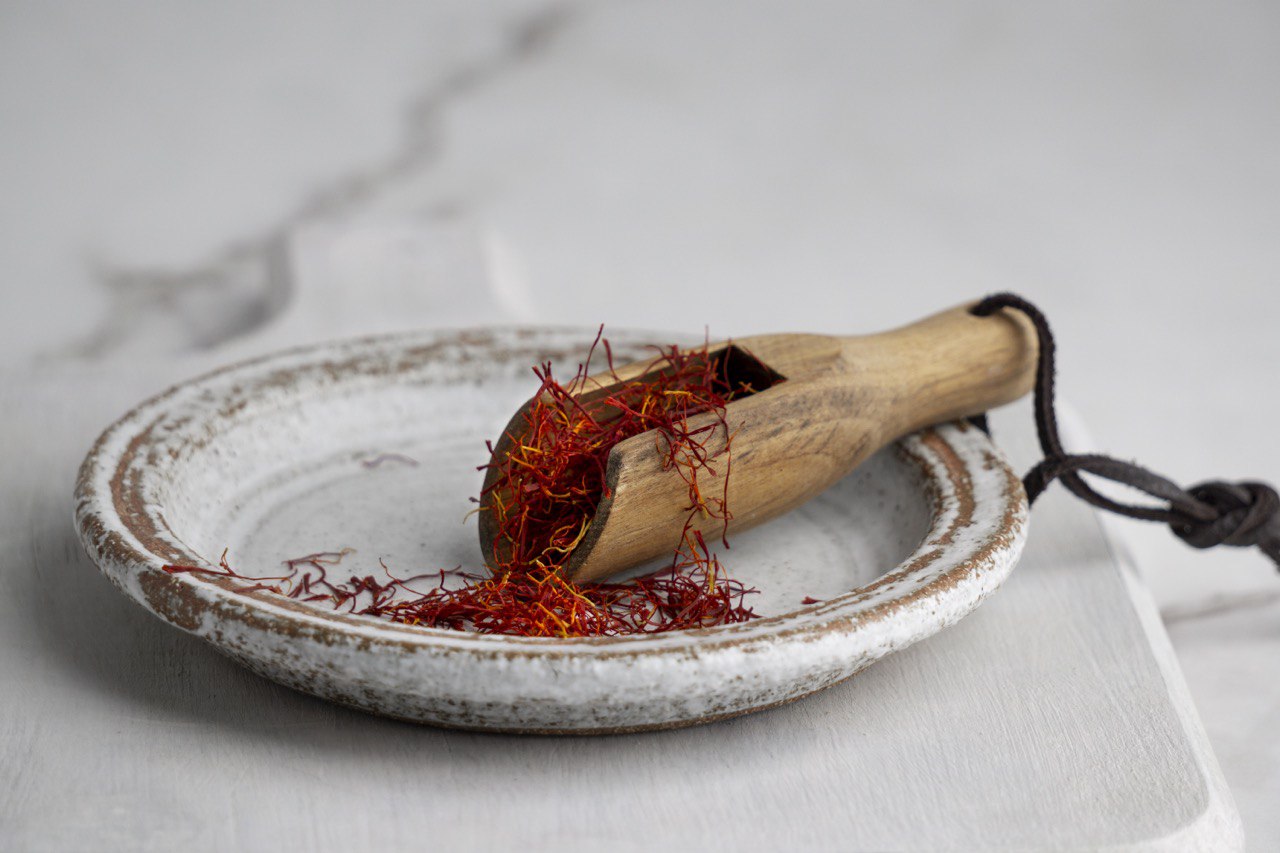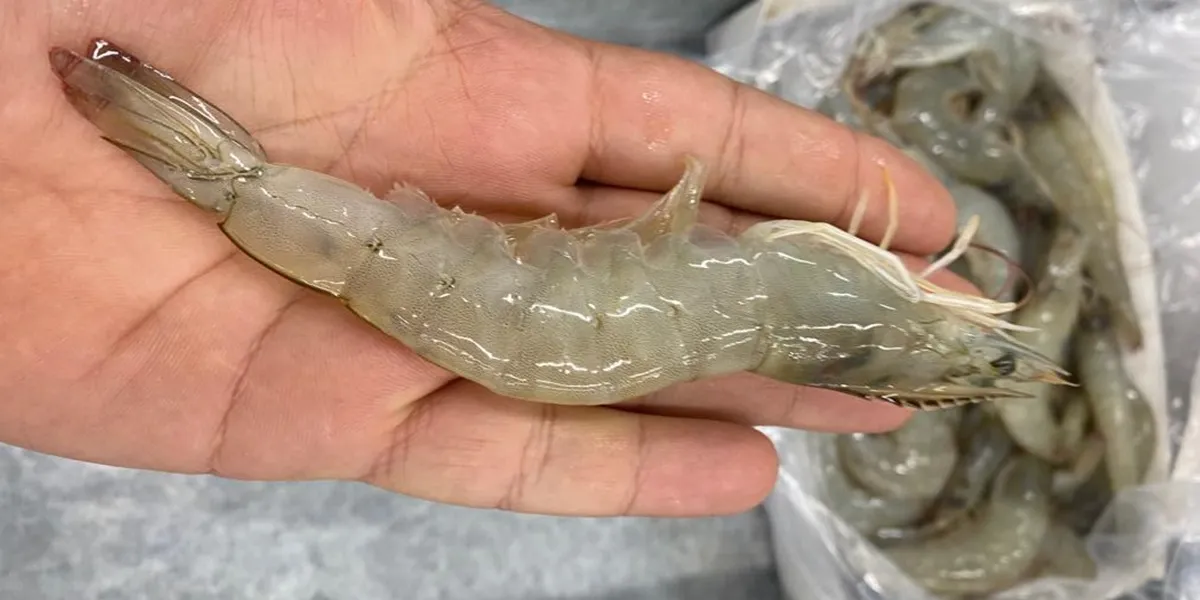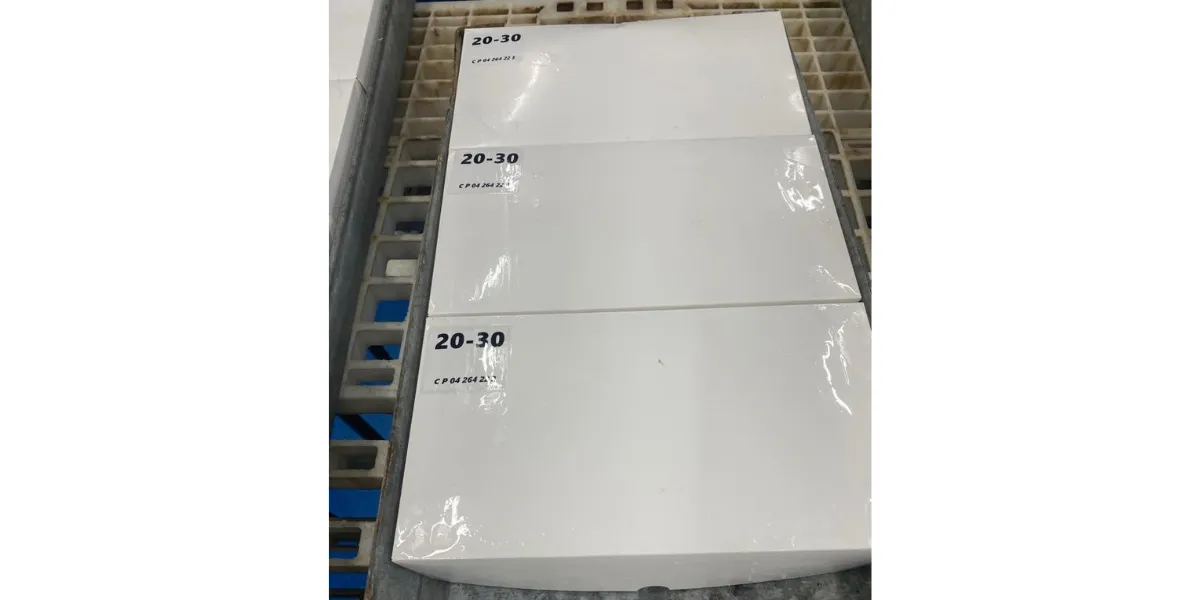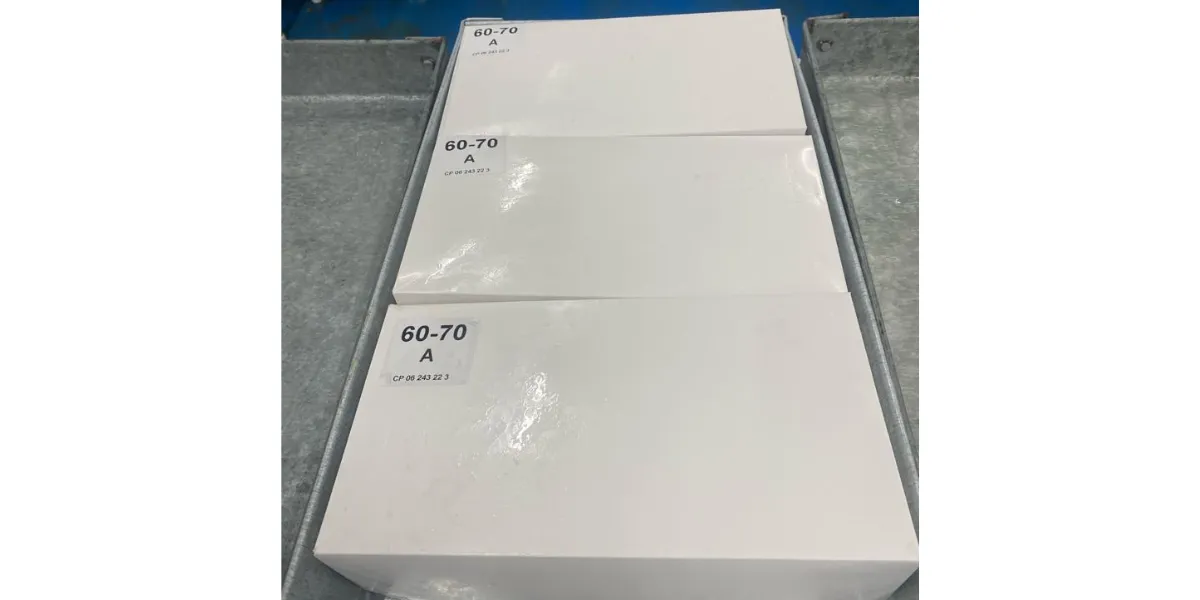Saffron is the world’s most expensive spice, often referred to as “red gold” due to its unparalleled value. Its price is not just a reflection of demand but a result of the complex and labor-intensive process behind its production. Persian saffron, considered the finest in the world, dominates the global market, yet its cost continues to rise. Unlike other commodities, saffron cannot be mass-produced in factories. Each stigma is hand-harvested, requiring extensive manual labor. It takes around 150,000 flowers to produce just one kilogram, and the entire process must be completed within hours to maintain quality. Additionally, climate restrictions, water shortages, and strict export regulations contribute to its high price. With increasing demand in the pharmaceutical, cosmetic, and food industries, the price of Persian Saffron remains high. Understanding these factors is crucial for businesses investing in saffron. Read on to discover the reasons behind its premium cost.
1. The Intensive Harvesting Process: Why Labor Costs Are So High
Saffron is one of the most labor-intensive agricultural products in the world. Unlike mass-produced crops, saffron requires precise manual handling at every stage of production. The Crocus sativus flower, which produces saffron threads, blooms for only a few weeks each year, primarily in Iran’s Khorasan region.
Each flower contains only three delicate red stigmas, which must be carefully hand-picked to avoid breakage. To produce one kilogram of dried saffron, between 150,000 and 200,000 flowers are needed. This means that in peak harvest season, thousands of workers manually collect flowers before sunrise to preserve the highest quality. The stigmas must then be separated and dried within 24 hours to retain their potent color, aroma, and medicinal properties.
Labor costs make up a significant portion of saffron’s final price. A study by the Iranian Agricultural Research Organization found that nearly 85% of saffron production costs come from manual labor alone. Unlike mechanized farming, which allows scalability, saffron production remains constrained by its reliance on skilled human workers. The necessity for precision—ensuring each thread remains intact and untainted—makes automation nearly impossible without compromising quality.
Furthermore, Iran’s increasing labor costs, combined with strict government regulations on wages and employment, drive up expenses. With global inflation and fluctuating currency exchange rates, saffron producers must adjust prices accordingly. This explains why Persian saffron remains expensive compared to alternatives from Spain or India, where labor costs may be lower but quality often suffers.
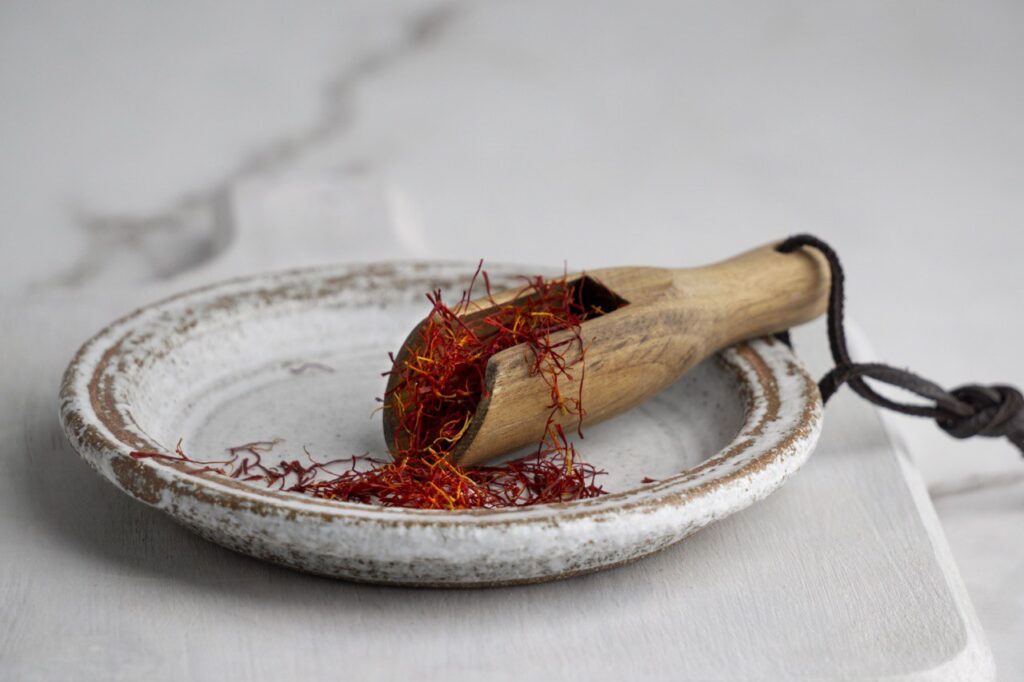
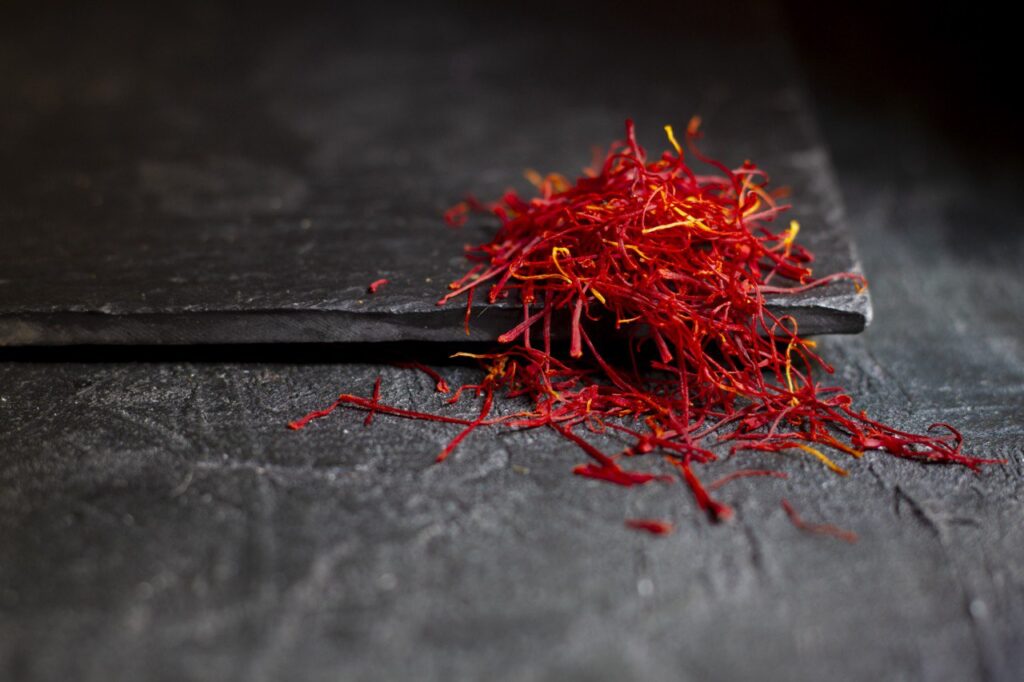
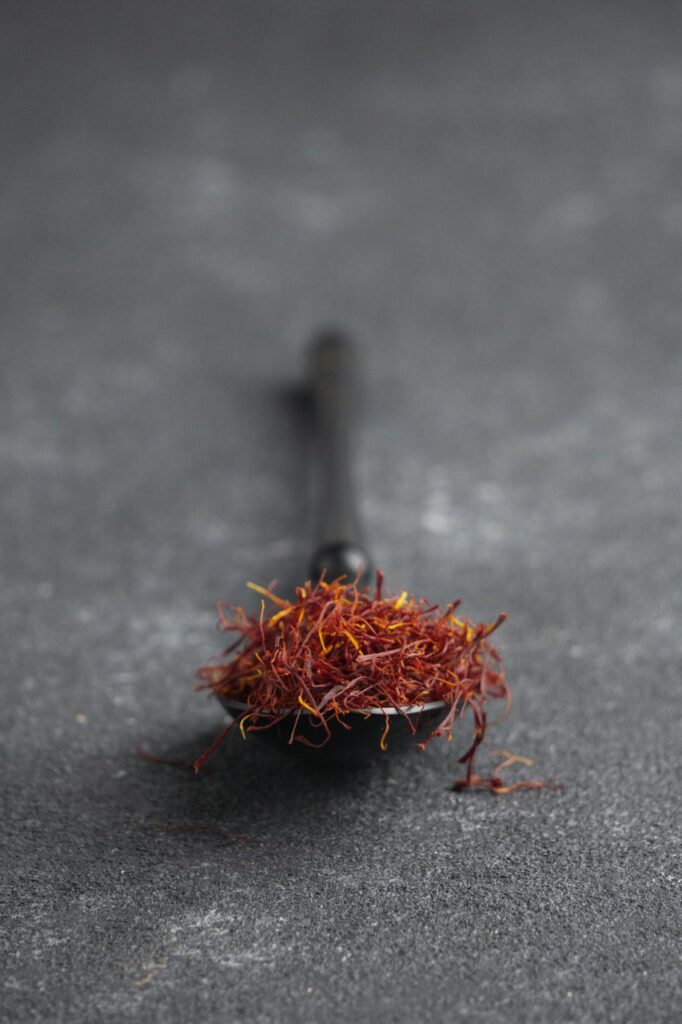
2. Limited Cultivation Regions: How Climate Controls Supply
Saffron is not a crop that can be grown anywhere. It thrives in specific climatic conditions that are difficult to replicate outside of its native regions. Persian saffron, grown mainly in Iran’s Khorasan province, benefits from ideal temperature variations, dry soil, and low humidity. Any deviation from these conditions affects yield and quality.
Iran produces over 90% of the world’s saffron, yet its cultivation is restricted by environmental limitations. A report by The Food and Agriculture Organization (FAO) indicates that Iran’s saffron yield is at risk due to rising temperatures and declining groundwater levels. Saffron requires a long, hot summer and cold winter, with minimal rainfall. Excess moisture can cause fungal diseases, while extreme heatwaves reduce flowering potential.
The increasing water crisis in Iran poses another major challenge. A 2022 study published in the Journal of Agricultural Water Management highlighted that Iran’s groundwater levels have dropped by nearly 70% in the past three decades, affecting saffron farms. Traditional irrigation methods are no longer sustainable, forcing farmers to invest in costly water-saving technologies, which, in turn, raise production costs.
Unlike wheat or rice, saffron cannot be easily relocated to new farming regions. Although countries like Afghanistan, Spain, and India have attempted large-scale saffron cultivation, they struggle to match the high crocin levels (coloring power) and intense aroma of Iranian saffron. The unique terroir of Iran remains unmatched, further driving up demand and price.
3. Quality Control & Fraud Prevention: Ensuring Authenticity Comes at a Cost
One of the major reasons behind Persian saffron’s high price is the extensive quality control and authentication process required to prevent fraud. Due to its high value, saffron is one of the most counterfeited agricultural products in the world. Unscrupulous suppliers mix pure saffron with dyed plant materials, artificially enhancing color or weight with chemical treatments.
To combat fraud, the ISO 3632 standard has been established, classifying saffron based on its crocin (color), safranal (aroma), and picrocrocin (flavor) levels. High-grade Persian saffron consistently ranks in the top tier, often exceeding 240 crocin points, whereas lower-quality saffron from other countries falls below 200 points.
Scientific testing methods such as spectrophotometry, DNA barcoding, and high-performance liquid chromatography (HPLC) are used to verify saffron’s authenticity. A study by the University of Valencia revealed that up to 50% of saffron samples sold in the global market contain adulterants, making lab testing essential for importers and distributors.
Furthermore, businesses must comply with strict regulations for international trade. Iranian saffron faces additional hurdles due to export restrictions, requiring third-party verification and specialized logistics to ensure safe transport. Many high-end saffron brands invest in blockchain-based traceability systems, allowing buyers to track their saffron’s origin, processing details, and lab certification results.
These added layers of quality control significantly increase costs but are essential for maintaining Persian saffron’s reputation as the world’s best. Companies dealing in saffron must prioritize these measures to ensure they are selling a legitimate, premium product.


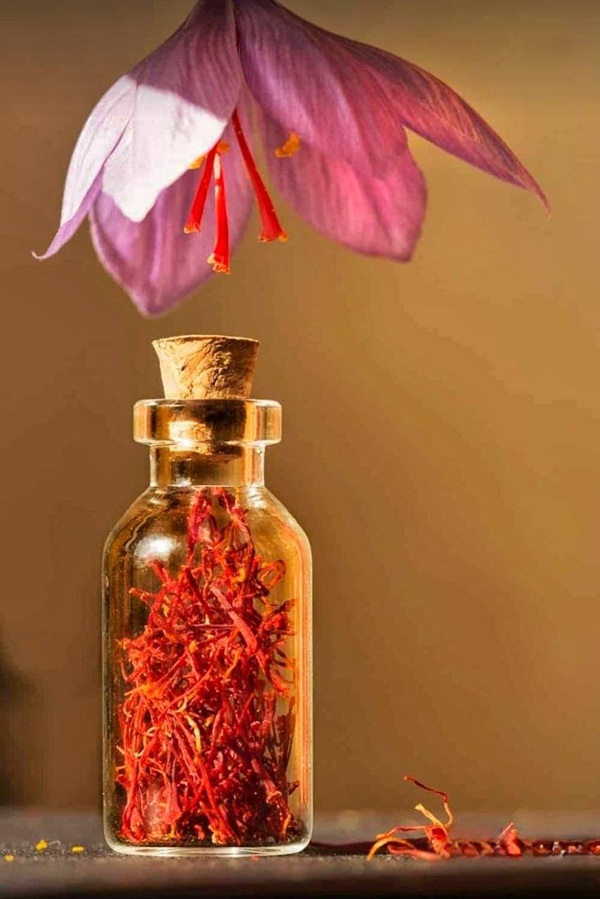
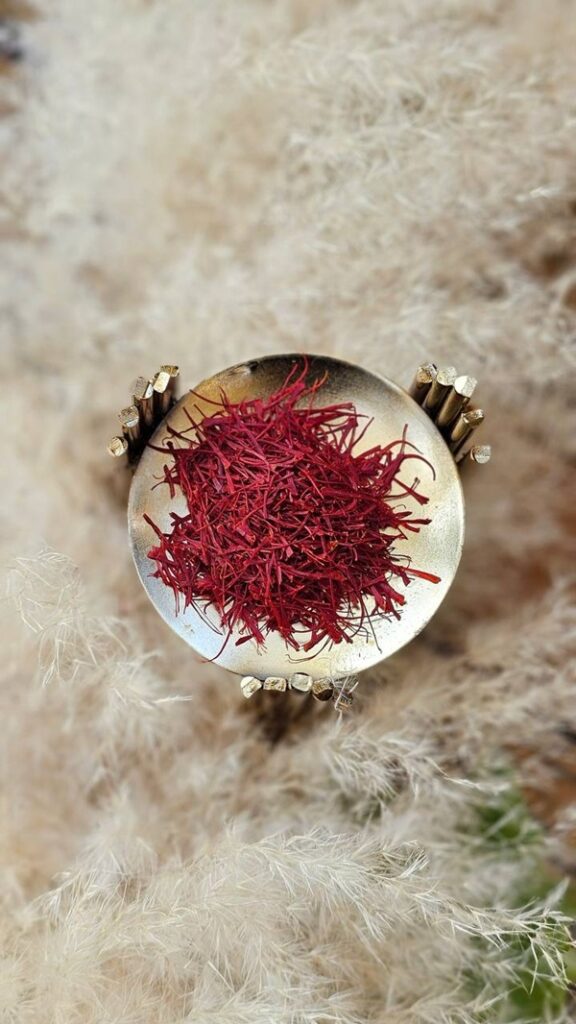
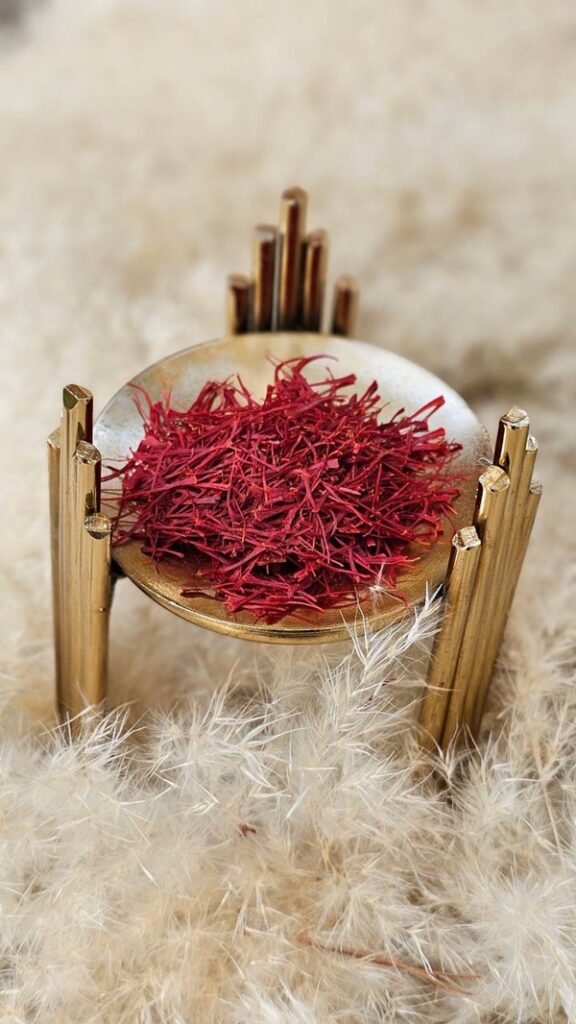
4. Global Demand & Limited Supply: How Economics Drive Saffron Prices
The price of Persian saffron is heavily influenced by the classic economic principle of supply and demand. While saffron production is geographically limited, its demand continues to grow across multiple industries. This imbalance between availability and consumer needs plays a crucial role in driving prices up.
Saffron is used extensively in the pharmaceutical, cosmetic, and food industries. In recent years, scientific research has confirmed saffron’s potential health benefits, leading to an increase in its medical applications. A 2021 study published in the Journal of Integrative Medicine found that saffron extract can significantly reduce symptoms of depression and anxiety, rivaling pharmaceutical antidepressants in effectiveness. As a result, major pharmaceutical companies are incorporating saffron into their formulations, increasing demand further.
The cosmetics industry is another major consumer of saffron, utilizing it for its antioxidant and anti-aging properties. High-end skincare brands have started formulating serums and creams infused with saffron extract, pushing demand in luxury markets. Meanwhile, saffron’s use in premium gastronomy—from Michelin-starred restaurants to specialty food products—has solidified its reputation as an elite ingredient.
On the supply side, Persian saffron faces restrictions due to export regulations, political sanctions, and environmental challenges. Iran, the leading producer, has stringent controls on saffron exports to combat smuggling and preserve domestic market stability. Additionally, international sanctions on Iranian goods have made trade more complex, forcing buyers to navigate alternative procurement channels, increasing logistical costs.
Smuggling also impacts supply, with an estimated 15-20% of Iranian saffron leaving the country illegally, according to a 2023 report by the Iran Chamber of Commerce. This creates market distortions, further complicating price stability. With demand continuously rising and supply remaining restricted, Persian saffron prices are expected to climb even higher in the coming years.
5. Risk of Adulteration & Fraud: Why Purity Comes at a Price
Saffron’s high value makes it one of the most counterfeited agricultural products in the world. Fraudulent practices range from mixing saffron threads with other materials to enhancing weight artificially using moisture-retaining agents. Ensuring authenticity requires advanced testing, which significantly increases costs.
A 2022 study by the European Commission’s Food Fraud Network found that nearly 50% of saffron samples tested from international markets contained adulterants, including synthetic dyes, turmeric, or even dyed corn silk. Low-grade saffron is often mixed with high-quality threads to deceive buyers, while in some cases, powdered saffron is blended with brick dust or barium sulfate to increase weight.
To combat fraud, businesses dealing in Persian saffron must invest in lab testing and traceability technologies. Advanced verification methods include:
- High-performance liquid chromatography (HPLC): Identifies the exact chemical composition of saffron.
- DNA barcoding: Ensures the saffron species is genuine Crocus sativus.
- Spectrophotometry: Measures the crocin, safranal, and picrocrocin levels to confirm quality.
The implementation of blockchain-based tracking is also gaining traction, allowing end-to-end traceability from Iranian farms to global buyers. Leading exporters now provide QR codes on saffron packaging, enabling buyers to verify lab test results and origin details instantly. However, these additional safeguards increase costs, contributing to saffron’s high retail price.
For wholesalers and distributors, sourcing ISO 3632-certified saffron is crucial to maintaining credibility in the market. Investing in high-quality testing and certification not only protects businesses from counterfeit products but also ensures customer trust and long-term profitability.
6. Future Market Trends: How Persian Saffron Prices May Evolve
The saffron industry is at a turning point, with multiple factors shaping its future market trends. While Persian saffron remains the gold standard, new challenges and innovations will determine its long-term pricing and accessibility.
One of the biggest concerns for saffron producers is climate change and water scarcity. According to a 2023 study by Iran’s Agricultural Research Institute, saffron yields have declined by 18% in the past decade due to extreme weather conditions. Rising temperatures and decreasing groundwater levels are forcing farmers to adopt hydroponic saffron farming, a technology-driven approach that uses controlled indoor environments. While hydroponic saffron reduces water consumption by up to 60%, the initial investment cost is high, limiting widespread adoption.
Another emerging trend is organic and sustainably farmed saffron. With global consumers increasingly prioritizing sustainability, businesses investing in organic-certified Persian saffron can access premium markets in Europe and North America. However, organic farming requires strict compliance with pesticide-free cultivation, further increasing production costs.
Blockchain and AI-driven supply chain management are also transforming the saffron trade. Advanced logistics systems now enable real-time tracking of saffron shipments, reducing fraud and improving transparency. AI-powered market analytics help businesses predict demand surges, optimizing pricing strategies.
Despite these advancements, Persian saffron prices are likely to remain high due to its superior quality, limited cultivation regions, and increasing demand in high-end industries. For companies looking to invest in saffron, understanding these trends is essential for making informed purchasing and distribution decisions.
A Luxury Worth Every Gram: Why Persian Saffron Holds Its Value
Saffron is not just an ingredient; it is a high-value commodity shaped by labor, climate conditions, and market demand. The intricate process of harvesting, the challenges of cultivation, and the limited supply all contribute to its elevated cost. Iranian saffron, with its superior crocin levels, intense aroma, and deep red color, dominates the industry, maintaining premium pricing despite market fluctuations. Businesses dealing with saffron must navigate risks such as fraud, supply chain issues, and geopolitical restrictions while leveraging opportunities in luxury markets and medical applications. The future of Persian saffron will be defined by innovations in farming, blockchain traceability, and organic certification. Companies investing in authentic Persian saffron are not just purchasing a spice—they are entering an exclusive market with strong economic potential.

